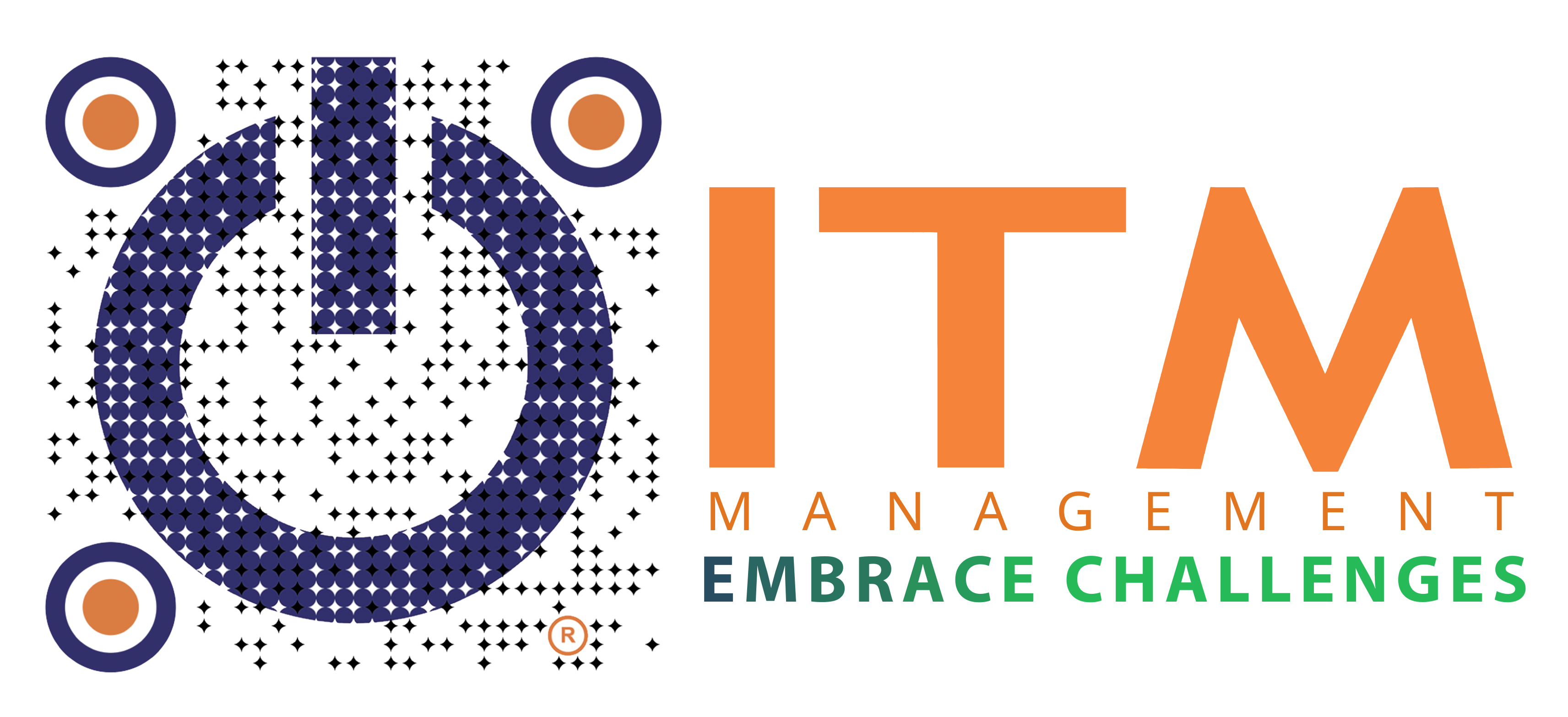Imagine this: One click on a link, and your most valuable data is exposed. With breaches involving third parties surging from 15% to 30% and 72% of organizations reporting a rise in cyber risks over the past year, the threat landscape has grown more perilous than ever, and it affect everyone. Whether you’re working in an office, from home, or managing personal devices on the go, your digital security has never been more critical.
And you totally can take control of your cybersecurity starting today. We’re sharing 07 easy ways which completed with actionable steps, to help you stay secure wherever you work and connect.
1. Keep Your Devices Updated and Secure
Your laptops, tablets, and smartphones are gateways to your digital life.
In 2025, 20% security breaches happened because hackers found and exploited weaknesses in systems especially in VPNs, laptops, tablets, and smartphones. These attacks have skyrocketed 8 times compared to last year! More than half of known issues in personal devices never get fixed they stay vulnerable because updates and patches aren’t applied in time. That means leaving a system outdated is like leaving your door wide open.
What you need to do:
-
- Install a trusted security suite and keep it updated.
- Enable automatic system patches to close vulnerabilities.
- Activate firewalls to monitor and block unauthorized traffic.
- Encrypt sensitive files such as financial documents.
- Schedule regular backups to secure cloud or external drives.
2. Protect Your Privacy and Personal Data
Your personal information is more valuable than you think. Every photo you upload, every detail you share online adds to your digital footprint a treasure trove for cybercriminals.
Oversharing on social media can make it easier for attackers to launch phishing scams, steal your identity, or gain access to sensitive accounts. Worse, these details can be weaponized for Business Email Compromise (BEC) attacks where criminals impersonate executives or trusted partners to trick employees into transferring funds or sharing confidential data.
What you need to do:
-
- Be selective about the information you share online.
- Adjust privacy settings on social media and online accounts.
- Avoid oversharing sensitive details like your full address or financial information.
- Regularly review and delete unused online accounts.
- Use privacy-focused tools such as encrypted messaging apps or secure browsers.
3. Secure Your Cloud Storage
Cloud storage simplifies file access and collaboration but if not properly secured, it can open the door to data leaks and cyberattacks. Misconfigured settings or unrestricted sharing often give hackers exactly what they need.
What you need to do:
-
- Choose a cloud service with built-in encryption.
- Set strict access controls and grant editing rights only when necessary.
- Avoid sharing sensitive files via unencrypted email or public links.
- Review and update sharing permissions regularly.
4. Create Strong and Unique Passwords
Stolen or reused credentials were involved in 22% of data breaches in 2025, often due to weak passwords or phishing attacks. Simple passwords are like leaving your front door unlocked and hackers know it. So what makes a strong password truly secure?
-
- Length matters: At least 12-16 characters (longer is better).
- Mix it up: Combine uppercase, lowercase letters, numbers, and special characters.
- Avoid the obvious: No birthdays, pet names, or company names.
- One password per account: Never reuse passwords.
✅ Strong example: Red@Shoe&CupCake_2025
❌ Weak example: Login123
How fast can hackers crack it?
-
- 8 lowercase letters: seconds
- Add an uppercase letter: ~22 minutes
- Add symbols: ~1 hour
- 16 mixed characters: hundreds of years with standard brute force
What you need to do:
-
- Use long, unique passwords for every account.
- Change your passwords regularly — at least every 4 months, or immediately after any security alert.
- Enable password breach alerts on browsers or or security apps to get notified if your credentials are exposed.
- Consider a password manager for secure storage.
5. Enable Multi-Factor Authentication (MFA)
MFA prevents 99.2% of unauthorized account access attempts by adding two or more verification steps beyond your password.
What you need to do:
-
- Turn on MFA for email, banking, and cloud accounts.
- Set up Passkeys (fingerprint/Face ID) or security keys combine with SMS codes.
- Passkeys are a newer, password less login method designed to be more secure and user-friendly because they are tied to your device and require fingerprint or Face ID authentication, ensuring it’s really you logging in, not someone else.
- Regularly test your MFA settings to make sure everything works.
6. Browse the Internet Safely
Cybercriminals are getting smarter. In 2025, 16% of data breaches were caused by malicious links and fake websites. These sites often look real — complete with logos and urgent messages like “Update now to avoid closure!” — but they’re traps designed to steal your data.
What you need to do:
-
- Avoiding to click links from unverified emails, even if they appear trustworthy.
- Configure your browser’s safety settings, such as enabling built-in protections like pop-up blockers and safe browsing mode.
- Minimize visits to sites using unencrypted “HTTP” connections.
- Avoid downloading files from untrusted sources. If it looks suspicious, it probably is.
- Keep your browser and plugins updated because hackers love to exploit.
7. Secure Your Mobile Devices
Smartphones store sensitive data from banking apps to personal communications making them high-value targets.
What you need to do:
-
- Use a strong passcode or PIN.
- Set the phone to lock automatically after a short time.
- Install security updates regularly.
- Turn off Wi-Fi and Bluetooth when not in use.
- Avoid auto-connecting to public Wi-Fi.
- Back up your data to a secure cloud or external storage.
- Enable remote wipe in case the device is lost or stolen.
Key Actions You Can Take Today
Here’s a quick checklist to strengthen your cybersecurity immediately:
-
- Enable automatic updates on all devices.
- Use strong, unique passwords for every account.
- Turn on MFA wherever possible: on email, banking, social media, and other sensitive accounts.
- Back up important data weekly.
- Review privacy settings and file-sharing permissions monthly.
- Stay informed with trusted cybersecurity updates.
Take Control of Your Cybersecurity Today
These seven key practices are not just suggestions; they represent critical steps for navigating the evolving digital landscape with confidence. Every moment of inaction presents an opportunity for cyber threats to emerge.
Cyber threats don’t wait. Neither should you.
Each proactive step you take not only safeguards your organization but also contributes to a more secure digital world. Share these insights with your team, partners, or family members — because stronger security begins with shared responsibility.
Start your journey toward stronger protection today.
Connect with ITM to schedule your complimentary cybersecurity consultation — and take the first step toward building a resilient, enterprise-grade defense
-
- 24/7 monitoring and proactive threat detection
- Rapid, expert-led incident response
- Tailored cybersecurity solutions leveraging the latest technologies
Let ITM be your trusted partner in building a secure, future-ready organization.








